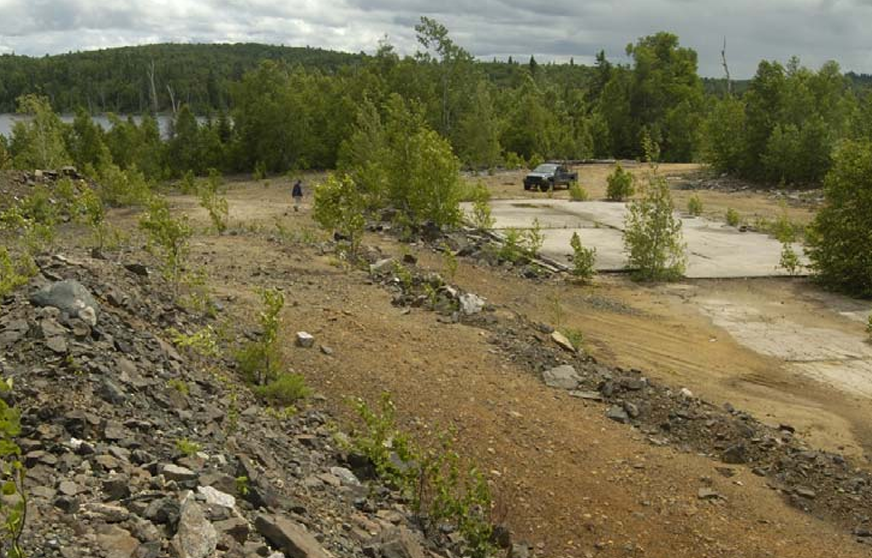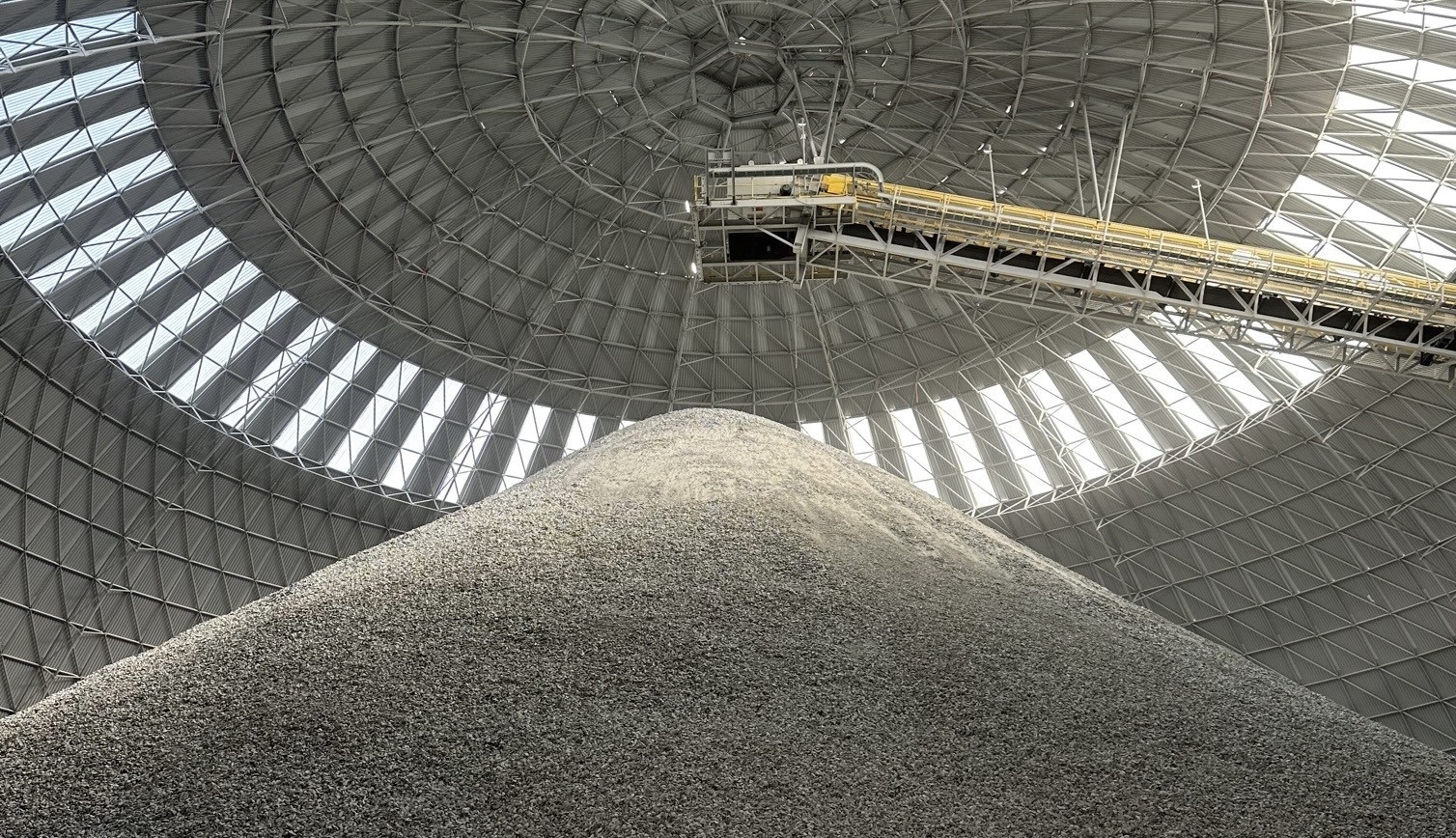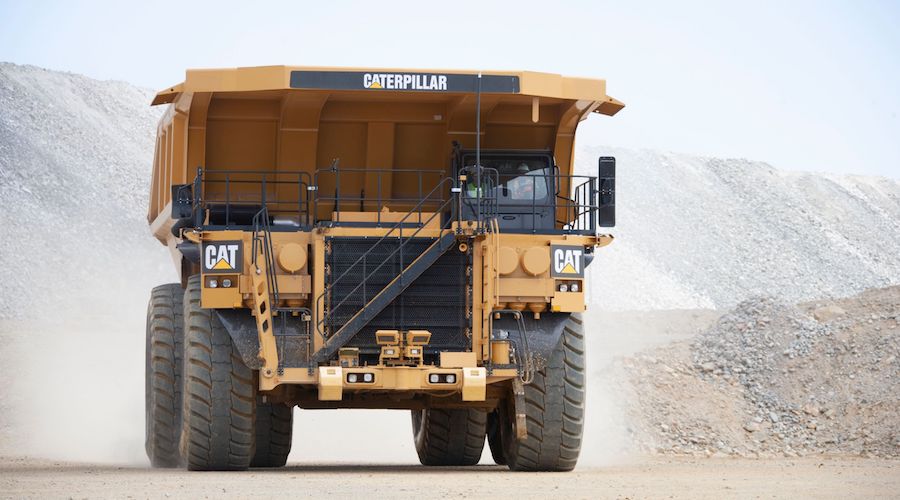It is with some nostalgia that we look back at 2012, a year of pride and celebration for the Association for Mineral Exploration British Columbia (AME BC). We wrapped up a year of special initiatives to mark our association’s 100th anniversary with a gala event on Nov. 27 in Vancouver, where more than 500 industry professionals and leaders were on hand to toast British Columbia’s vibrant mineral exploration and development industry. We also released Into the Mountains, our special anniversary book commemorating the first 100 years of our BC-based association and industry.
Today, British Columbia’s modern mineral exploration and development industry is leading the way when it comes to attracting investment and building business partnerships with local and aboriginal communities. Opportunities to co-operate, create certainty and share the benefits from responsible mineral development are significant and important for industry, First Nations, government and every citizen in British Columbia.
According to the BC government, over 335 Notice of Work permits received approval for exploration in 2012. Importantly, the government is also reviewing regulations to exempt low risk exploration and mining activities from requiring Mines Act permits. Furthermore, the federal government and British Columbia are working to develop a single, effective environmental assessment process, which industry fully supports, assuming environmental standards are stringent, fair and science based. AME BC members were also pleased to see that the BC government had moved their regional geologists back into the Ministry of Energy and Mines, which is an acknowledgement of geologists and their important role in government.
Although industry is challenged by permitting issues and the slow pace of the consultation process between First Nations and government, a growing number of agreements and business partnerships have been struck and serve as models for other jurisdictions. Outsiders are turning to us here in British Columbia for advice on respecting aboriginal interests, addressing land use conflicts, improving socio-economic conditions through sharing resource development revenues and building capacity in local communities.
Examples include agreements between the BC government and the McLeod Lake Indian Band and the Nak’azdli First Nation to share tax revenues generated by Thompson Creek Metals’ Mt. Milligan copper-gold mine northwest of Prince George. The government has a similar agreement with the Stk’emlupsemc community of the Secwepemc Nation for New Gold’s New Afton gold mine near Kamloops. We expect to see more of these agreements announced in 2013 and the AME BC fully supports the certainty and shared prosperity that these agreements bring to everyone.
It’s why the BC mineral exploration and development sector works proactively to build relationships with aboriginal communities, leaders and organizations. Specifically, AME BC has taken the lead and engaged in very positive and mutually respectful discussions with partners from the Industry Council for Aboriginal Business, BC Aboriginal Mine Training Association and the BC First Nation Energy and Mining Council. In fact, for the first time ever, these partners are working with AME BC to host an Aboriginal Pavilion at the upcoming Mineral Exploration Roundup 2013 conference in Vancouver.
These strengthening partnerships provide mineral exploration and development companies with the certainty they require to operate, which reduces risk and helps to attract investment to British Columbia from around the world. British Columbia’s exploration expenditures for 2012 are expected to reach record breaking territory thanks to investment in advanced exploration projects such as New Gold’s Blackwater, Pretium Resources’ Brucejack and Seabridge Gold’s KSM, along with several coal projects. British Columbia’s share of the total investment in mineral exploration in Canada is also expected to show an increase when the final numbers are released soon. And today, thousands of people are working at hundreds of exploration projects located near communities throughout every region of the province.
As we settle into 2013, the outlook for one of British Columbia’s most important industries looks very bright. This is despite tough venture market conditions as a result of the volatile global economy. In fact, it’s these tough times that highlight the importance of having a competitive policy and investment climate. As explorers and developers competing internationally for investment, we know that the best indicator of successful mineral exploration and development is seeing a new mine open. The widely held dream of so many explorers of moving a prospective discovery through exploration, permitting and into construction and production is becoming a reality in British Columbia. Take for example the opening of the Copper Mountain copper-gold mine near Princeton and new mines under construction such as Imperial Metals’ Red Chris mine in northwestern British Columbia. These new projects provide a major boost to the B.C. economy, which translates into improved health care and education for everyone — a fact not lost to the leaders of BC’s provincial parties in an election year.
Still, the industry, First Nations and government should not lose sight of the need to find the next new minable deposit, which can only happen through geoscience and exploration. If we’ve learned anything from mineral exploration cycles, it’s that we can’t stop investing in the timely development of BC's mineral resources to coincide with worldwide demand. And it’s important to remember that while explorers require access to large areas to search for elusive new deposits, actual exploration and mining in British Columbia has used much less than 1% of the provincial land base, or an area smaller than Greater Victoria (540 km2). The fact is that great mineral and coal resources occur in British Columbia and responsible explorers and developers from around the globe know this to be true. British Columbia is under-explored and vast, covering over 944,700 km2, or an area larger than Texas; or France and Germany combined.
Put simply, if we can't grow it, we need to explore for it and mine it. Fortunately, many urban, rural and aboriginal communities in British Columbia are now progressively embracing mineral exploration and development as a means to build capacity, improve training, provide jobs and deliver financial security.
Together, we must continue to create more business partnerships and agreements built on mutual understanding, respect and trust. If we can do this, then we will continue to see investment flow to British Columbia and there will be shared prosperity from mineral exploration and development for generations to come.
*Gavin C. Dirom is the president & CEO of the Association for Mineral Exploration British Columbia, which represents almost 5,000 individual and corporate members and is the predominant voice of mineral exploration and development in British Columbia. AME BC’s conference, Mineral Exploration Roundup 2013, is being held from Jan. 28 to 31 at the Westin Bayshore in Vancouver. Visit AMEBC.ca/roundup for more information.
To read more Northern Miner articles, click here





Comments